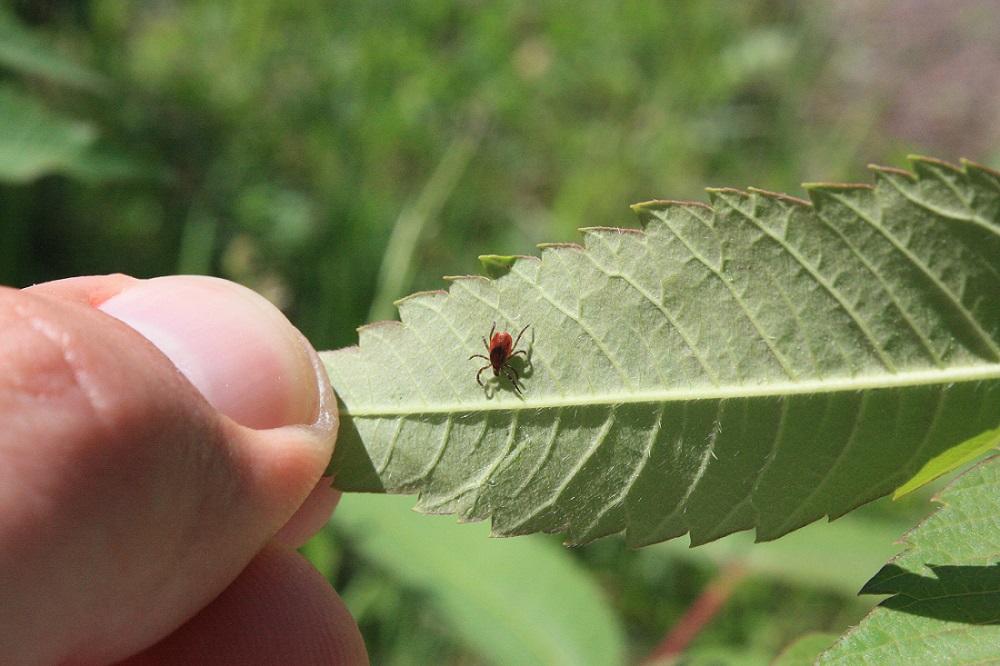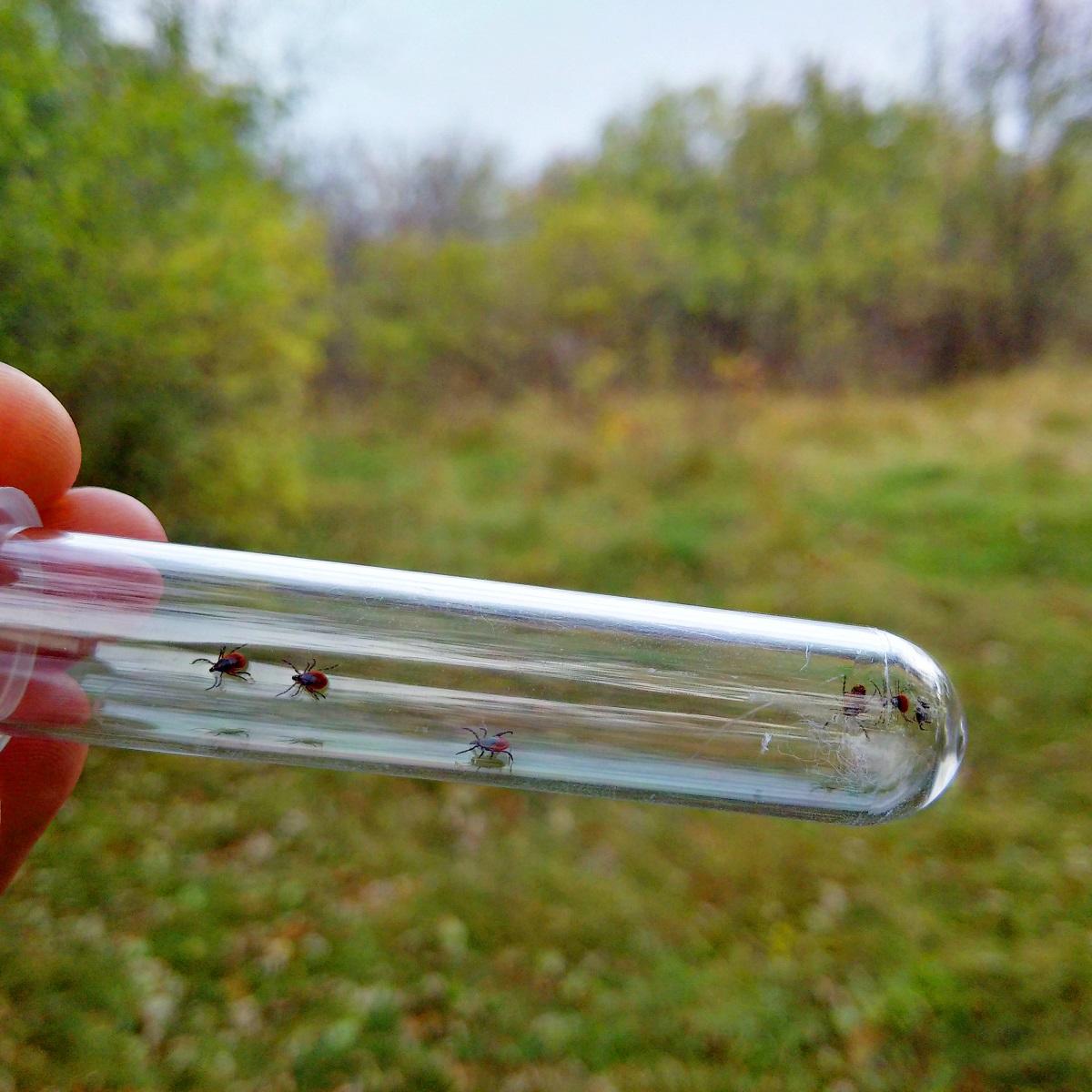A mild winter and early spring thaw will likely start tick season early as climate change is allowing bugs that can carry infectious diseases – including mosquitoes – to be a threat earlier than usual.
Associate Professor Manisha Kulkarni (School of Epidemiology and Public Health, Faculty of Medicine) leads the UPTick research project and other initiatives which closely monitor tick populations around Ottawa and Eastern Canada. The Public Health Agency of Canada’s Infectious Disease and Climate Change Fund recently funded UPTick’s work for another three years.
Kulkarni, who was recently appointed Scientific Director for the Canadian Lyme Disease Research Network, provides insight and an overview of what is in store for ticks and mosquitoes in 2024.
Question: You anticipate some early tick activity this spring. Why is that?
Manisha Kulkarni: “There isn’t normally much activity before April but this year on eTick we’ve seen an increase in the number of eastern Ontario submissions. Black-legged ticks can be active when it’s above 4 degrees Celsius so the mild winter in Ontario likely helped ticks remain active. Based on the tick photo submissions we have received, people and/or pets have been encountering ticks in parts of southern Ontario and a few spots in eastern Ontario in December and January.”

“A ‘One Health’ approach – considering the health of the environment and animal health and how this intersects with human health – is really needed.”
Dr. Manisha Kulkarni
— Associate Professor, School of Epidemiology and Public Health and lead of UPTick research project
Q: How will this short winter and early thaw impact ticks, mosquitoes, etc.?
MK: “We’re likely to see an early start to the tick and mosquito season because of the warmer temperatures and shorter winter, but it will also depend on what happens this spring. Ticks and mosquitoes both need moisture to survive and warm temperatures to become active, so a warm spring with lots of rainfall would signal a buggy season. The fact there was less snow cover in some areas could mean that conditions are drier than usual, so the amount of spring rainfall will be an important factor to watch.”
Q: In terms of trends, what does the big picture surrounding ticks look like moving forward?
MK: “We’ve seen a continued expansion of blacklegged tick populations with more regions becoming endemic in Ontario, Quebec and the Atlantic provinces. In these parts of Canada, we typically see the emergence of tick-borne pathogens a few years after ticks become established in an area, depending on the type of habitat, climate conditions and the presence of wildlife hosts that carry different pathogens.
“With ongoing climate change, we’ve seen a general trend of warming temperatures and longer seasons allowing tick populations to survive and flourish. With more time in the spring, summer, and autumn to find hosts, more ticks can reproduce. This makes it both an expansion of endemic areas and an increase in tick abundance in those endemic areas.
“Unfortunately, these areas are often close to where people live or which is used for recreation, allowing more human tick exposures in residential settings and people’s own yards that border wooded areas. The growing population and expansion of peri-urban zones into new areas also contribute to the increase in risk that we’ve seen.
“This really highlights the need to monitor tick populations in different environments and the infections they carry as an early warning for public health risks of tick-borne diseases. A ‘One Health’ approach – considering the health of the environment and animal health and how this intersects with human health – is really needed. By identifying risk areas, we can better target messaging and interventions to ensure the public are aware of risks to better prevent human infection. It would also healthcare providers to be better informed, enabling the timely diagnosis and treatment of infections that do occur.”
Q: How will the new round of funding for UPTick impact your research?
MK: “This next phase of the project will help us to better characterize risk areas for Lyme disease and other tick-borne diseases in Ottawa neighbourhoods, focusing on suburban and peri-urban regions in Carp, Kanata, Blackburn Hamlet and Findlay Creek. In addition, we’ll be doing more community outreach and conducting a survey to gather information on Ottawa residents’ knowledge and perceptions of tick-borne diseases, and their use of and attitudes towards preventive measures. We will continue to engage with stakeholders from public health and land conservation agencies in this phase of the project.
“Ultimately, we hope the results of this project will help to inform the development of locally appropriate and targeted strategies to mitigate the increasing risks of tick-borne diseases for Ottawa residents.”
Media requests: [email protected]

